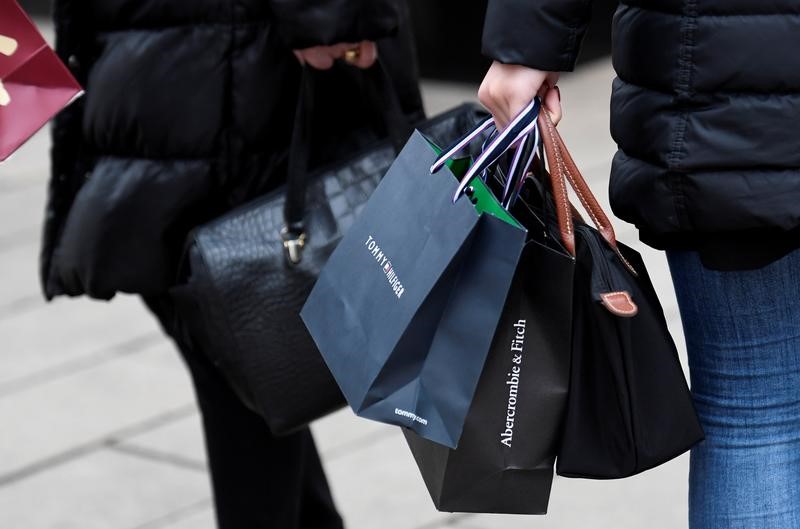(Bloomberg) -- U.S. incomes fell more than expected in June as the effects of the government’s one-time stimulus checks dissipated, though an increase in unemployment-insurance payments pointed to the importance of expiring federal relief.
Personal incomes declined 1.1% from the prior month, a Commerce Department report showed Friday. The median estimate in a Bloomberg survey of economists called for a 0.6% decline. Consumer spending increased 5.6% in June, after jumping by the most on record a month earlier.
While the income decline reflected the continued unwinding of April’s sharp gain from one-time stimulus, unemployment insurance payments actually increased in June by an annualized $111 billion -- likely reflecting states working through backlogs of applications, even though joblessness has declined. That increase, stemming mainly from the federal government’s supplemental $600 in weekly jobless benefits, highlights the importance of the payments that expire today, with Congress failing to reach an agreement on additional aid.
Wages and salaries rose 2.2%, reflecting rehiring as more businesses reopened across the country, though such compensation remained well below pre-pandemic levels.
The pace of the economic rebound appears to be cooling amid a resurgence in virus cases, and only 7.5 million of the 22 million jobs lost because of the pandemic had come back as of June. If re-hiring fails to come back quickly, a steep dropoff in the federal support for the jobless could have significant implications both for incomes and ultimately personal consumption, the lifeblood of the U.S. economy, in the coming months.
Even though consumer spending posted a record increase in May and rose again in June, the level of spending remains below pre-pandemic levels. A Commerce Department report out Thursday showed inflation-adjusted personal spending fell at a record 34.6% annualized rate in the second quarter, with outlays for services plummeting at a 43.5% pace.
Real spending climbed 5.2% in June after surging 8.4% a month earlier. The increase in outlays last month was broad-based, reflecting an 8.8% jump in durable goods and a 5% pickup in services.
The personal savings rate, which had surged to a record in April as a result of the rise in government social benefits, fell for a second month to 19% from 24.2%.
The gauge of consumer prices that the Federal Reserve officially uses for its target rose 0.8% in June from a year earlier, well below the central bank’s 2% goal. The core price index, which excludes more-volatile food and energy costs, increased 0.9%.
(Adds price indexes in last paragraph.)
©2020 Bloomberg L.P.
